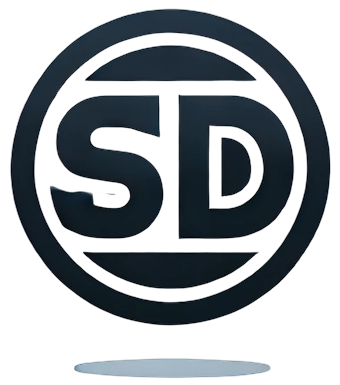With the latest update to ChatGPT-4o, OpenAI has officially unlocked a powerful new tool: native image generation directly inside ChatGPT. This means that anyone—from marketers to hobbyists—can now generate detailed images, logos, concept art, and even full magazine covers using just a few words.
Take a look at this magazine cover created by ChatGPT

— no design software, no layout tools, just a prompt and a few seconds of processing. It’s sleek, professional, and sparks a real question:
What happens when everyone suddenly has access to high-quality visual design?
What Can ChatGPT’s New Image Tool Actually Do?
This new capability—powered by DALL·E and integrated seamlessly into the chat interface—lets users:
- Describe and generate visuals: landscapes, portraits, infographics, characters, logos, and more.
- Edit images with natural language: change colors, backgrounds, or styles.
- Create consistent imagery for branding or storytelling.
- Design assets for social media, websites, and print—all in minutes.
And unlike traditional design software, there’s no steep learning curve. That accessibility is both exciting—and, for some, a little unsettling.
Real-World Uses: Speed Meets Creativity
There’s no doubt this will be a huge help in many areas:
- Small business owners can design ads or flyers without hiring out.
- Content creators can make thumbnails, banners, and visual hooks instantly.
- Educators and students can bring abstract concepts to life visually.
- Writers and developers can quickly visualize characters or settings.
- Marketers can produce high-volume content at scale.
This democratization of design is part of a broader trend toward lowering the barriers to creative expression. But it’s also ushering in a major shift in how creative work is produced and valued.
The Other Side: A Shifting Landscape for Designers
We need to talk about what this means for those who’ve dedicated years to learning art and design.
The rise of tools like ChatGPT’s image generator won’t eliminate the need for designers, but it will change the playing field. The competitive edge is shifting toward:
- Creative direction and storytelling
- Deep understanding of brand identity
- Advanced technical and niche skills
- Human nuance, emotion, and originality
For early-career designers or freelancers, this shift may feel threatening. And for artists already struggling to find consistent work, the influx of AI-generated alternatives could intensify existing challenges.
It’s important we hold space for these realities. This isn’t just a tech upgrade—it’s a cultural and economic transformation.
So, What Now?
For non-designers, this new capability is an incredible opportunity to create more.
For artists and designers, it’s a reminder to adapt and reframe their value—not just as creators, but as visionaries, mentors, and strategists in an AI-accelerated world.
As with every disruptive technology, the question isn’t just what the tool can do. It’s:
How do we use it to lift each other up?
Maybe this is the start of something new—where those with no background in art get to explore their creativity for the first time, and experienced designers become leaders and curators of this new visual era.
Want to try it in ChatGPT?
Give it a prompt like “create a minimalist coffee shop logo” or “draw a fantasy castle at sunset.” It might not replace a designer—but it will certainly start a conversation.

